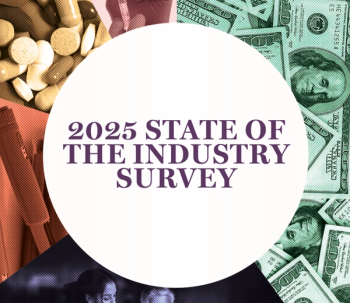
Healthcare affordability gap widens
As healthcare costs continue to significantly outpace the rate of inflation and increases in compensation, an affordability gap is placing increasing pressure on employees and eroding satisfaction with their health plans.
As healthcare costs continue to significantly outpace the rate of inflation and increases in compensation, an affordability gap is placing increasing pressure on employees and eroding satisfaction with their health plans, according to a survey of employees conducted by Towers Watson, a global professional services company.
According to the survey, 72% of employees report that their employer has asked them to pay more for their healthcare benefits this year as employer healthcare costs for active employees are projected to rise 8.2% (after plan changes), to an average annual cost of $10,730 in 2011. More broadly, employee satisfaction and comfort with health care benefit plans is declining on several fronts:
- 64% are now satisfied with their healthcare plans, down from 69% in 2007
- 45% are satisfied with the cost of their health care plan today, down from 53% in 2007
- 26% believe healthcare spending has increased their stress levels
Between 2000 and 2010, active employee healthcare costs increased 188% while workers’ earnings increased by 44%, according to data from Towers Watson and the Bureau of Labor Statistics. This rapid divergence between merit increases and healthcare cost inflation is creating a growing affordability gap. For 2011, Towers Watson research reveals that net healthcare costs will rise 8.2%. Between now and 2014, the firm expects the current affordability gap to continue to increase, with 5-6% annual growth in the gap between healthcare inflation and merit increases.
Towers Watson research also shows that in 2005 average employee/employer healthcare costs were $7,811 with employees paying about 26% of the total. In 2010, average costs were $10,212 with employees paying about 29% of the total.
The percentage of employees who have not taken any action to reduce their healthcare costs has increased from 14% in 2007 and 2008 to 21% this year. Although close to three in five (57%) employees are taking better care of themselves, this number has dropped by 14% compared to last year. In addition, only 11% talk to doctors about more affordable treatment options, and 7% look for less expensive healthcare providers.
Another sign that higher health care costs are weighing on employees is that many are becoming increasingly risk-averse, a possible side effect of recent economic uncertainty. For example, the number of employees who would pay more for predictable healthcare costs has doubled over the past year, to 42%. Nearly one-third of employees (30%) are even willing to get smaller compensation increases today if they could ensure lower, more predictable health care cost increases tomorrow.
Following the creation of health insurance exchanges in 2014, certain low and middle income wage employees without access to affordable employer-sponsored health coverage, who buy health care coverage through the exchanges, will be eligible for federal subsidies or free-choice vouchers, helping to mitigate the affordability challenge. The cutoff for receiving federal subsidies or free-choice vouchers to purchase through the exchanges based coverage is a household income of four times the federal poverty level. In 2010, for a family of four, this would equate to a family earning less than $88,200 a year.
In addition, employer-sponsored plans will be developed using strategies to provide a reasonably priced solution to lower wage workers, mitigating any financial barrier for employees for whom the affordability challenge is most acute. This would mean designing a program that meets minimum federal requirements in terms of value of the plan and subsidy provided to the individual, according to Towers Watson.
Employers in certain industries may be re-evaluating their future role as a provider of employer-sponsored benefits. For example, certain organizations with a large number of lower wage, part-time and/or seasonal workers may conclude that it makes business sense to drop employer-provided coverage so that employees can obtain coverage through the health insurance exchanges and benefit from free-choice vouchers and federal subsides.
Newsletter
Get the latest industry news, event updates, and more from Managed healthcare Executive.






















































